Pietrasanta: what to see and where to eat
Restaurants and places not to miss in the little Athens of Tuscany
Clasped in the embrace between the blue of the sea and the whiteness of the marble quarries of the Apuan Alps, Pietrasanta is not by chance called the 'little Italian Athens' and is undoubtedly one of the most beautiful villages in Versilia. And while it has long been a magnet for artists - as can be seen from the many lively galleries in the historic centre - its charm and strong yet refined personality have made it the new heart of style in Tuscany. Even today, Pietrasanta still stands out for its artistic production, especially related to marble work. A glamorous and cosmopolitan soul that can also be breathed in the most beautiful clubs and restaurants.
WHAT TO SEE IN PIETRASANTA:
Peace Frame Pietrasanta
The monumental setting of the American Nall, which dominates the entrance to Via Mazzini-Piazza Crispi coming from the Piazza Statuto car park, has become one of the main artistic attractions of the city centre since its placement in 2006.
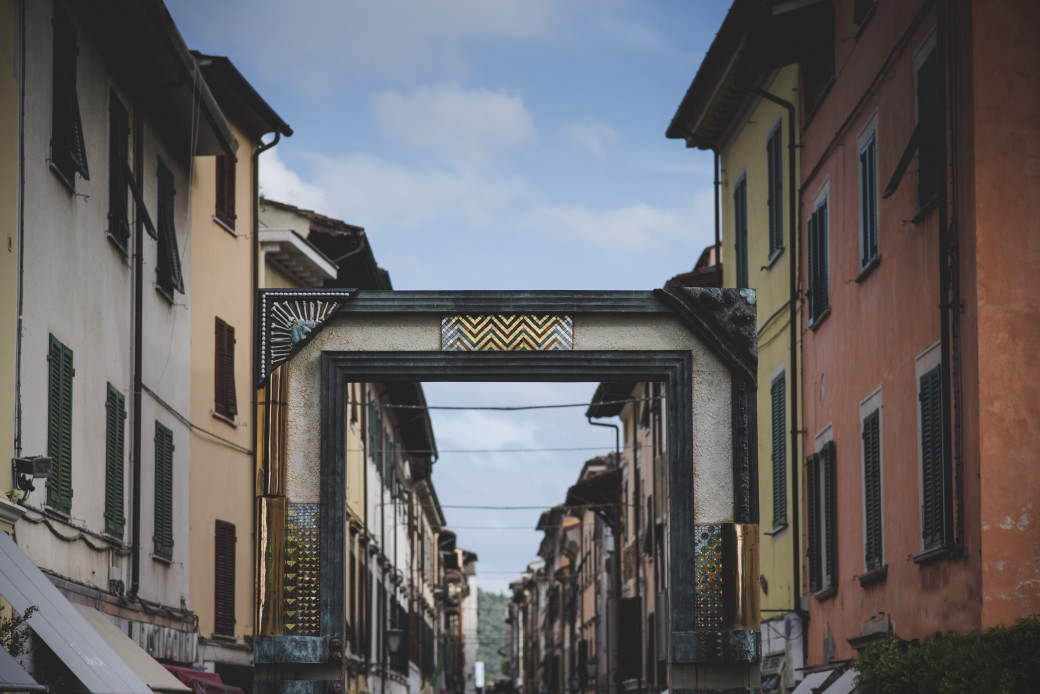 Peace Frame Pietrasanta ph. Pasquale Paradiso
Peace Frame Pietrasanta ph. Pasquale ParadisoPiazza Duomo
Once past Porta Pisana - the only city gate that has been preserved - one arrives in Piazza del Duomo, the heart of Pietrasanta's historic centre. The square gathers most of the city's main monuments such as the Duomo, the Clock Tower, the Archaeological Museum, the Museo dei Bozzetti (Museum of Sketches) and some historical buildings such as the Palazzo Pretorio. The square often also hosts the statues of temporary exhibitions that make it a true open-air museum
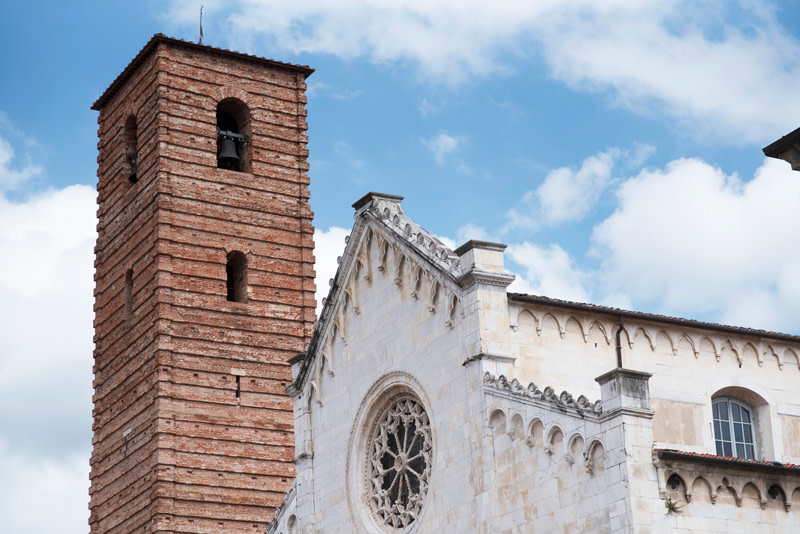 Church of San Martino in Pietrasanta ph. Pasquale Paradiso
Church of San Martino in Pietrasanta ph. Pasquale ParadisoCathedral of Pietrasanta
Also known as the collegiate church of San Martino (or simply Duomo di San Martino), it is the city's main place of worship, built from the 13th century onwards. The exterior is entirely clad in marble, while the façade is embellished with a rose window and opened by three portals with historiated lunettes. The structure has three naves and its interior houses works of art of extraordinary value, such as the marble pulpit created in the 17th century and 19th-century frescoes. To the left of the Cathedral stands the bell tower, which was built in the first half of the 16th century but never completed. It has a brick surface that was originally planned to be covered in marble just like the Cathedral.
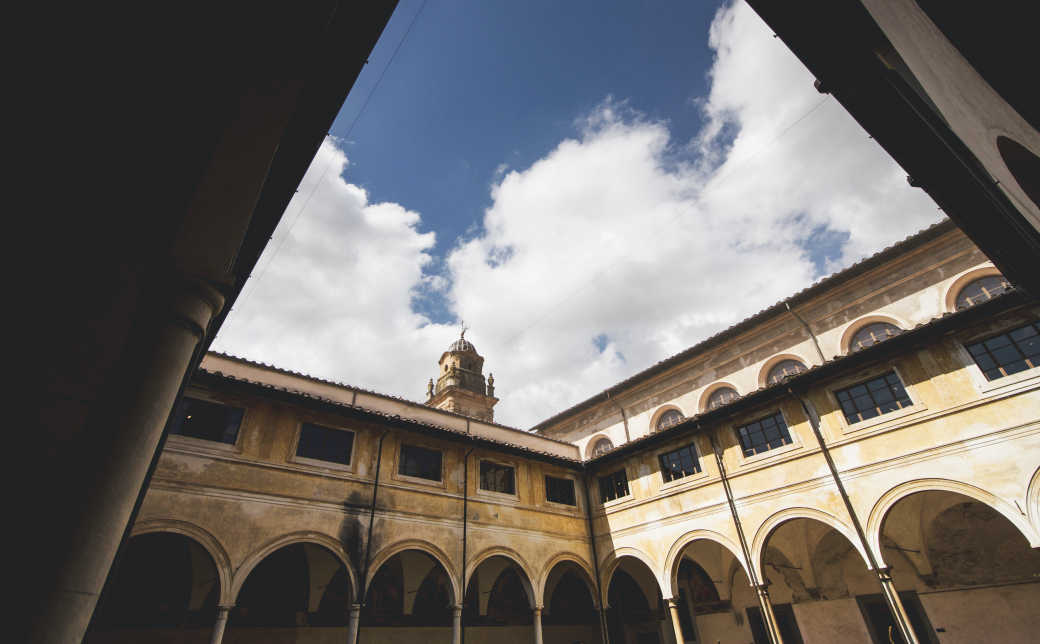 Chiostro di Sant'Agostino ph. Pasquale Paradiso
Chiostro di Sant'Agostino ph. Pasquale Paradiso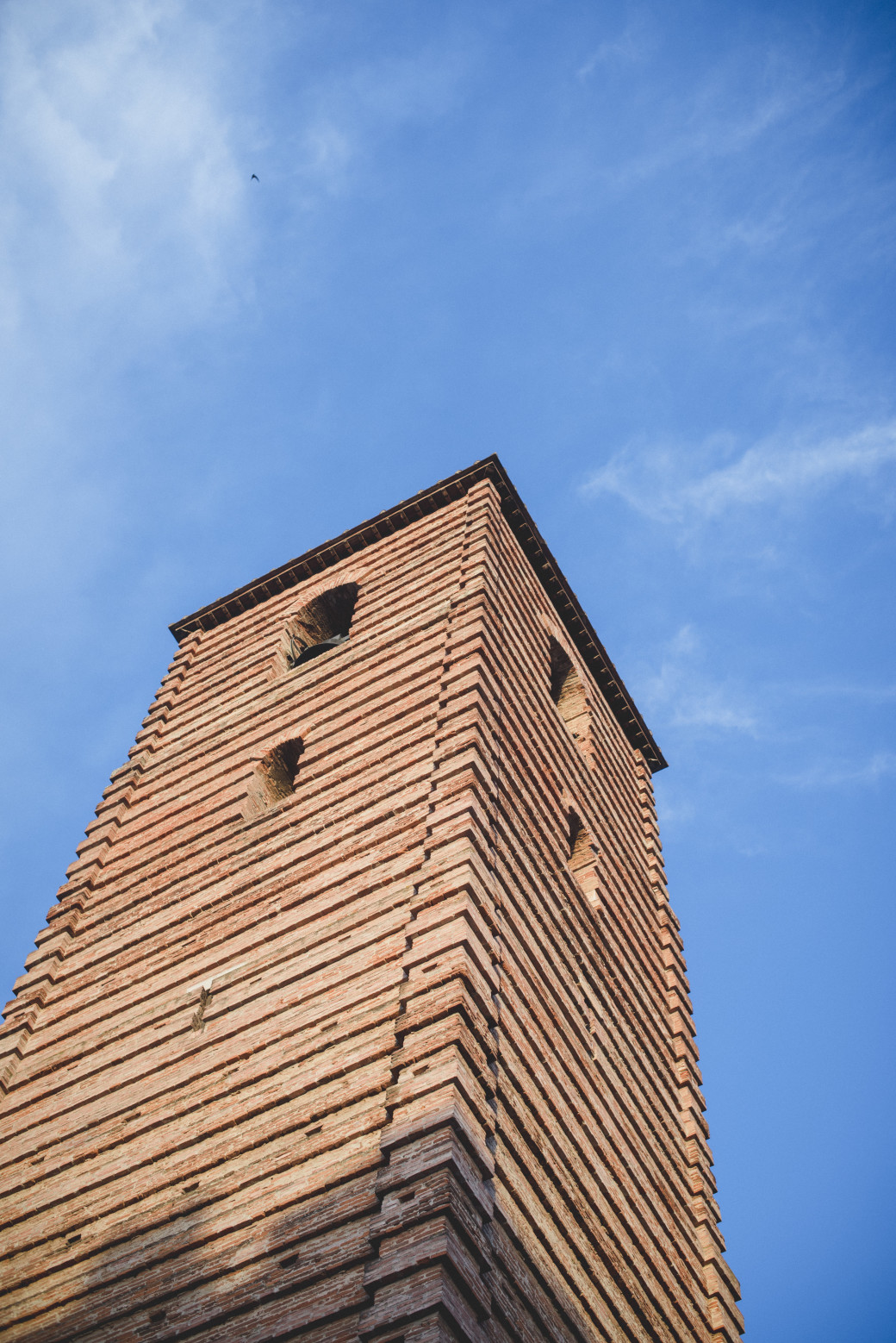 Il Campanile di Pietrasanta ph. Pasquale Paradiso
Il Campanile di Pietrasanta ph. Pasquale ParadisoThe Oratory of St Hyacinth (The Baptistery)
Inside are two imposing baptismal fonts moved here in the 19th century when the oratory became part of the cathedral's work. The first of the two, dated 1389, is a hexagonal font attributed to Bonuccio Pardini. On its sides are bas-reliefs depicting the virtues. The other is a 16th-century work by Donato Benti and Nicola Civitali but remained unfinished. Inside, there are also some wall paintings by Pietro Cavatorta and the only work remaining of the original 17th-century layout, the altarpiece by Filippo Martelli.
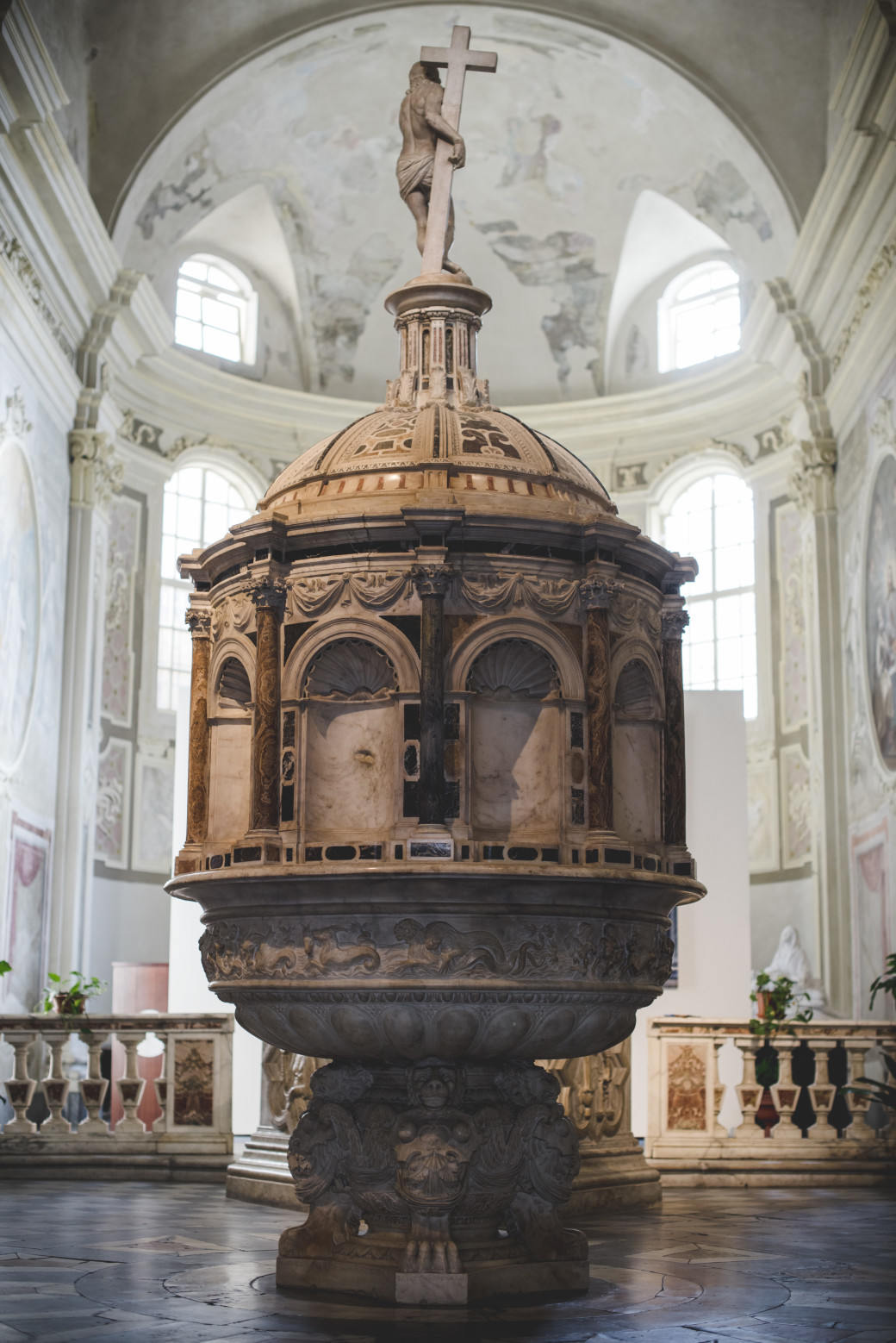 L'Oratorio di San Giacinto (Il Battistero) ph. Pasquale Paradiso
L'Oratorio di San Giacinto (Il Battistero) ph. Pasquale ParadisoChurch of St Francis
The church, with the adjoining convent, was founded in 1523 and enlarged in the 17th century when the loggia in front of the church, the west wing of the convent, the chapel dedicated to St Anthony of Padua and the convent library were built. Works of art that enrich the church include the Vision of St Anthony of Padua by Orazio Fidani and the altarpiece with St Louis King of France and Saints Francis of Paola and Elizabeth of Hungary by Anton Domenico Gabbiani. On the lawn in front of the church is the bronze sculpture St Francis by the American sculptor Harry Marinsky, donated to the city in the year 2000.
The Bernard Bezzina exhibition
Until 17 September you can see Bernard Bezzina's exhibition, Fragility, in Piazza del Duomo, Piazza Carducci and in the Church and rooms of the Cloister of Sant'Agostino. The artist returns to his adopted city with over twenty years of works that shed light on his continuous research aimed at revealing the possibilities and aspects of matter. Fragility, along with Fragmentation and Strength are the major themes that recur in the artist's work. Voids and solids, plays of light, powerful shadows are at the heart of the exhibition and arise from the encounter between the material shaped by the artist and the place dense with history and spirituality.
Archaeological Museum
Established in 1968, the Archaeological Museum has always been located in Palazzo Moroni. It collects archaeological finds ranging from prehistory to the Middle Ages from research carried out in the area in the early 1960s. It is divided into sections, the most important of which is the one dedicated to the Etruscan period, where you can admire the finds, pottery and tools, and a reconstruction of one of the huts. The Roman and Medieval section, on the other hand, houses various artefacts including glass, amphorae, ceramics, coins, entire grave goods and tombs.
Museum of Sketches
Over 700 sketches, models and drawings of sculptures by 350 Italian and foreign artists. The exhibits are preparatory works that provide an insight into the idea behind the final works and are themselves true works of art. The museum also offers many activities for children with educational workshops where they can create works and feel like little artists.
Rocchetta Arrighina
Built in 1324 by Castruccio Castracani to reinforce the city's defence system, the Rocchetta Arrighina initially also had a moat with a drawbridge and acted as the low point of a defensive stronghold culminating with the Rocca di Sala. It was destroyed by the Florentines in 1484 and rebuilt a few years later; the last alterations date back to the 19th century when all military functions had been abandoned.
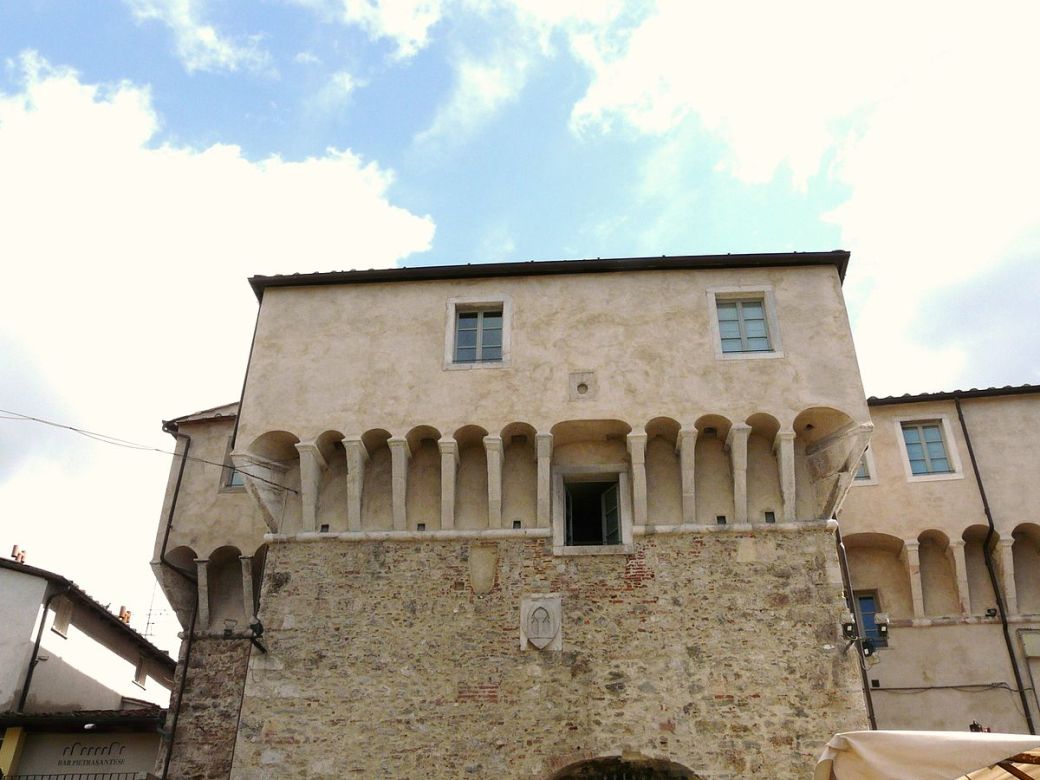 Rocchetta Arrighina
Rocchetta Arrighina Rocca di Sala
Also known as the Rocca Ghibellina, the Rocca di Sala in Pietrasanta is a fortified complex that dominates Piazza Duomo and the buildings overlooking it from above. To reach it, one follows a short path - comfortable even for small children, even if it is uphill - that leads in a few minutes to a breathtaking view.
WHAT TO SEE AROUND PIETRASANTA:
Here is a detailed list of the most beautiful villages in Versilia, while below is our selection of the unmissable ones.
Forte dei Marmi
Elegant, marine, hilly and also mountainous. Forte dei Marmi is a place to relax amidst the beach and pine forests, but also a place for wonderful aperitifs, dreamy dinners and frenzied shopping. A mosaic of not-to-be-missed experiences and long kilometres of fine beach to experience relaxation and fun in the most exclusive centre of Versilia.
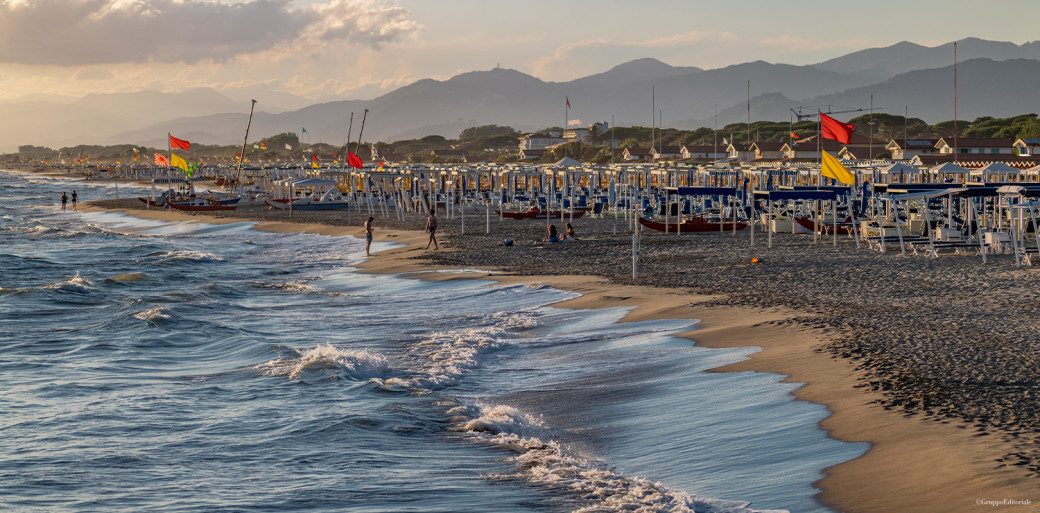 Forte dei Marmi
Forte dei MarmiValdicastello
This ancient and charming village is located in the municipality of Pietrasanta, close to the historic town centre. The name Valdicastello Carducci seemed to refer to the Castle of Monteggiori, but a document from the 19th century showed that this area was called 'Valle dei Castelli' well before fortifications were built in Monteggiori by Castruccio Castracani in 1320. Carducci was added in honour of the poet Giosuè Carducci, who was born here in July 1835. Places to visit include the Parish Church of Santa Maria Assunta and San Giuseppe, the Church of Santa Maria, the Monument to the Fallen of the Great War and Giosuè Carducci's Birthplace.
Marina di Pietrasanta
One of the most elegant resorts in the whole of Versilia for a holiday of relaxation, sea, beach and aperitifs to experience the Versilian nightlife at its best. Don't miss the La Versiliana park, an endless green area with paths, undergrowth and trees including pines, oaks and holm oaks. In summer, it hosts the Versiliana Festival with shows and concerts not to be missed.
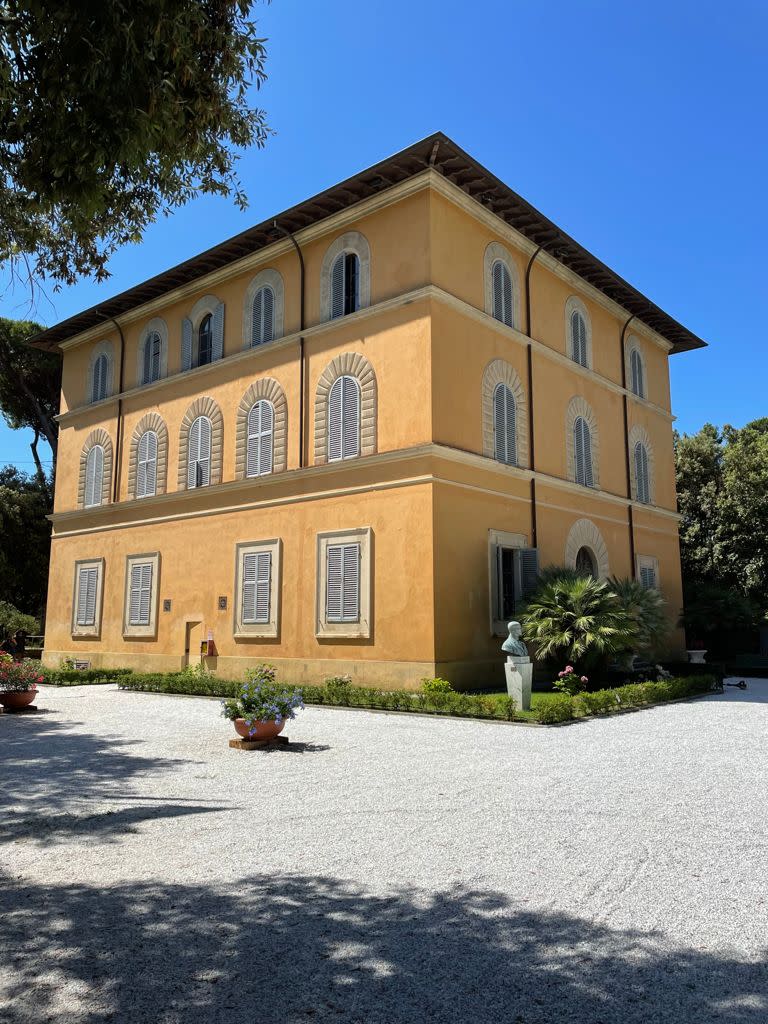 Villa La Versiliana
Villa La VersilianaDOVE MANGIARE A PIETRASANTA:
In addition to the best restaurants in Pietrasanta, here you will also find a short guide to the best seaside restaurants in Versilia and the best on the entire coast.
Filippo - Ristorante a Pietrasanta
Via Padre Eugenio Barsanti
ph. +39 0584 70010
Filippo Ristorante in Pietrasanta offers traditional cuisine enriched with modern and lively dishes. From the famous roast beef to meatballs via the mouth-watering tortelli alla lucchese and the catch of the day, Filippo is a must-visit address for lovers of good taste and elegant, refined design.
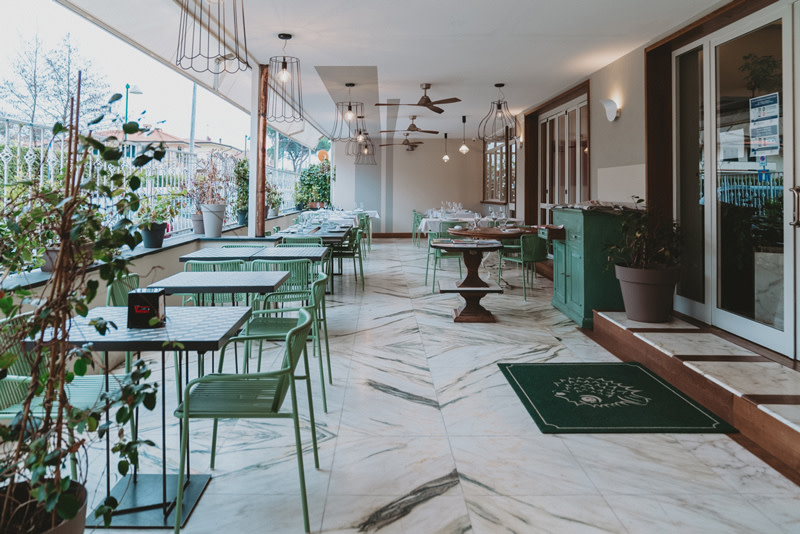 FILIPPO Forte dei Marmi
FILIPPO Forte dei MarmiGiacomo Pietrasanta
Via del Marzocco, 19
ph. +39 0584 300 272
Timeless elegance, discreet and unabashed. At Giacomo's in Pietrasanta, the whole Giacomo style is re-proposed, and in a refined and refined environment you can enjoy fresh fish of the day. Each dish is impeccably cooked to enhance the quality of the ingredients. If the menu is tempting, it is also interesting to be captivated by the off-menu, with a large selection of carpaccio and tartare accompanied by a wine chosen ad hoc with the sommelier.
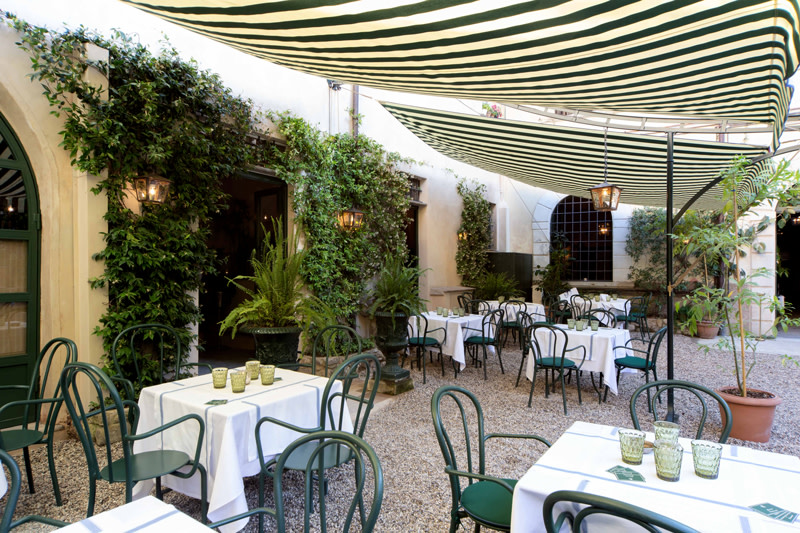 Giacomo Pietrasanta
Giacomo PietrasantaPinocchio a Pietrasanta
Vicolo S. Biagio, 5
ph. +39 0584 70510
A cuisine rich in the typical flavours of the region, to be savoured in a welcoming and friendly setting. At the table you will find Tuscan classics such as pappa al pomodoro, but also the delicious spaghetti alla viareggina and the fish that arrives directly from the Tyrrhenian Sea.
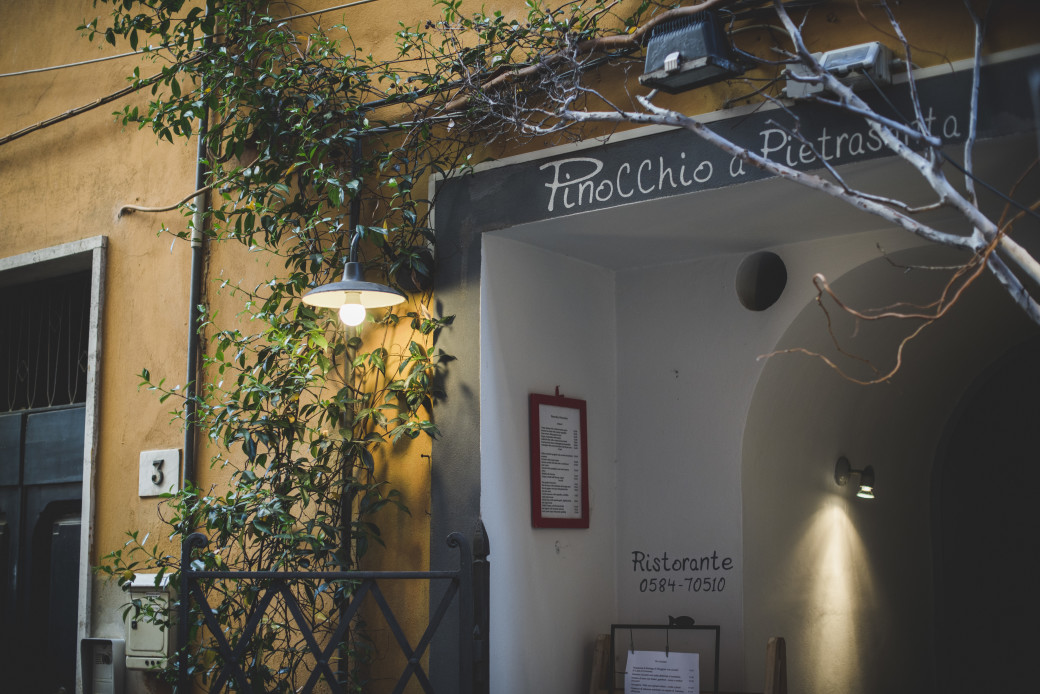 Pinocchio Pietrasanta ph. Pasquale Paradiso
Pinocchio Pietrasanta ph. Pasquale ParadisoHOW TO GET TO PIETRASANTA FROM FLORENCE:
From Florence: take the Firenze-Mare A11 motorway to Lucca and then take the A12 motorway and exit at Versilia: then follow the signs for Pietrasanta.
For parking, the nearest car parks are those in piazza Statuto (closest to the centre), piazza Matteotti and piazzale Stazione (free of charge although further away from the centre).








